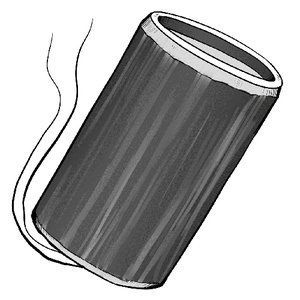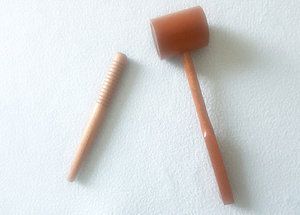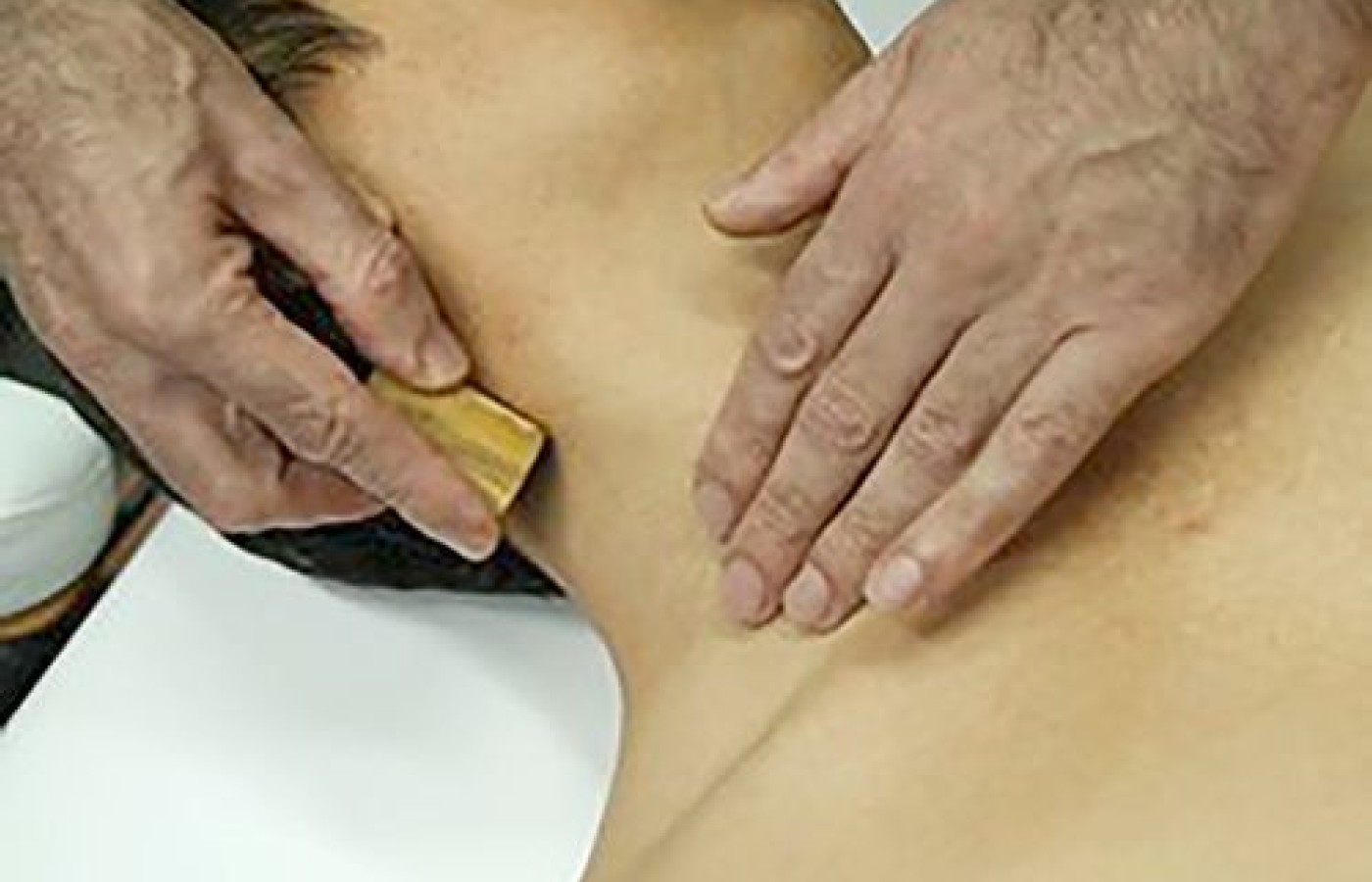Whether you accept it, avoid it or live somewhere in between, insurance coverage has become a defining issue for our profession. Patients increasingly expect to use their benefits, practitioners want to be compensated fairly for their time and expertise, and the system itself remains – at best – fragmented. The encouraging news is that coverage has expanded in meaningful ways. The challenging news is that reimbursement, across the board, remains inadequate.
Ontake Warm Bamboo: A Valuable Tool for Your Acupuncture Practice
Ontake warm bamboo is a moxibustion technique with two additional components: pressure and rhythm. A short piece of bamboo is filled with moxa wool. When the moxa is ignited, the bamboo gets hot and can be held, tapped, pressed or rolled along the acupuncture channels. Additionally, using a metronome, these techniques can be applied rhythmically at specific frequencies of beats per minute.
Ontake functions in the same way as a traditional moxa box, except it's far smaller and much more mobile. In contrast to a moxa box or a moxa stick, it can be rolled on the skin and pressed deep into the soft tissue. It fits comfortably in your hand and can be tapped or rolled rhythmically over any part of the body, including the face. It allows you to be agile and flexible, treating small or broad areas quickly; and crucially, patients love the experience, which is pleasant and calming.

Any part of the bamboo can be applied to the skin. You can roll with it, knock percussively with the side, tap the lighted end briefly on the skin or press deeply into articulations with the lip. Even without any theory or training, applying heated bamboo to a painful area can get results.
Clinical Applications
Ontake has been around for a short time in Japan, perhaps since the 1960s, and historically it was used as a local branch tool. So, for example, if there was tightness or pain at the shoulder, it was applied there. In the past 10 years, however, its uses and applications have grown more sophisticated, and it can be applied with a growing number of theoretical models.

Meridian Frequencies and Manaka's Wooden Hammer and Needle
Rhythmic percussion of the meridians has been a tradition in Japanese acupuncture going back to the Mubunryu style in the late 1500s, when blunt gold and silver needles were lightly tapped with a wooden mallet on reactive points on the abdomen.2 In the late 20th century, Yoshio Manaka, a renowned Japanese doctor, acupuncturist and researcher, developed percussive tapping treatments using a wooden hammer and needle.3
He then researched specific tapping frequencies of beats per minute for each acupuncture channel. These frequencies advanced the efficacy and range of his methods considerably, and his meridian frequencies became an important part of his routines:
- 104: Midline channels (ren and du mai)
- 108: Large intestine and liver
- 112: Bladder
- 120: Gallbladder, small intestine, kidneys
- 126: Heart, lung
- 132: Stomach, spleen
- 152: Sanjiao
- 176: Pericardium
Ontake treatment has also proved effective when applied at the meridian frequencies. When heat is applied in this way, there are rapid changes in soft-tissue tension, exceeding the effectiveness of the wooden hammer and needle in quite unexpected ways.
Branch Treatments and Sore Throat
Ontake is a versatile tool for treating symptoms, especially when using yin and yang principles of opposites. For example, when applied on the sacrum, it is effective for sore throat. The throat is superior and anterior, and the sacrum is inferior and posterior. If the sore throat is central, roll the Ontake on the midline of the sacrum at 104 bpm (du mai). If the sore throat is on the left, roll the Ontake more on the right of the sacrum at 112 bpm (bladder), and vice versa. This treatment exploits the relationships between the kidney and bladder channels, and the ren and du mai vessels.
Root Treatments
There is a tradition in Japanese acupuncture, and especially in moxibustion, of generalized treatments that do not depend on the identification of patterns such as, for example, kidney deficiency or liver excess. Perhaps the most famous of these in moxibustion is the Sawada protocol, "a formula of points that could be used on all patients, regardless of complaint or condition. This formula fortified the patient's constitution and strengthened the qi and the defensive and healing energies."4
Ontake can be used in the same way, focusing on the yangming channels of the arm and leg, and the bladder channel on the back. This sequence is a powerful whole-body root treatment that stimulates healing responses without focusing on patterns or symptoms.5
Pain Relief
The late Dr. Richard Tan was well-known for relieving pain rapidly using channel pairings and different holographic models. His approach can be adapted to Ontake: identifying the sick channel, finding a dynamic paired channel, and rolling or tapping with bamboo on the paired channel using Tan's holographic mappings to inform the location. Ontake has the advantage of being needle-free, and the heat creates dynamic and long-lasting changes, arguably more effective than needling.6
Hirata Zones and Dermatome Moxibustion
Hot needle therapy (Nesshin Kairyo Jutsu) was a Japanese holographic system of treatment. It was developed by Kurakichi Hirata (1901–1945), who developed a unique dermatome moxibustion system using a heated probe. Ontake is a safe and effective substitute for the probes, breathing new life into this remarkable method and empowering patients to continue treatment at home.7
Ontake warm bamboo is a simple and elegant moxa device, cheap to buy and easy to make yourself. It can be adapted to any clinical practice that uses the meridian system, and it can be used with a variety of theoretical models. Finally, it can empower patients to self-treat safely.
References
- Yamashita M. Shinkyuchiryogaku [Acupuncture and Moxibustion Therapy]. Tokyo: Ishiyaku Shuppan, 1992.
- Birch S, Ida J. Japanese Acupuncture, A Clinical Guide. Brookline. Paradigm Publication, 1998.
- Manaka Y, with Itaya K, Birch S. Chasing the Dragon's Tail. Brookline, Paradigm Publication, 1995.
- Ibid.
- Kivity O. Moxa in Motion With the Ontake Method: Rhythmic Moxibustion Methods from Japan for Mind-Body Healing. London: Sayoshi Books, 2020.
- Ibid.
- Kivity O. Hirata Zone Therapy with the Ontake Method: Repurposing the Lost Art of Japanese Dermatome Moxibustion for Contemporary Practice. London: Sayoshi Books, 2021.



